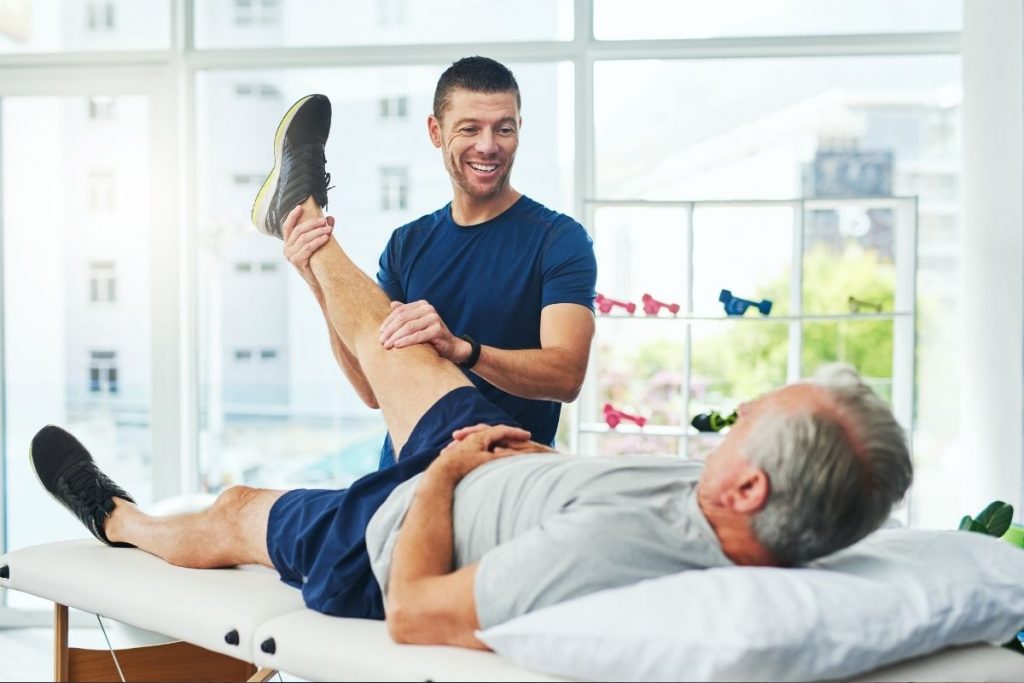Top 6 Tips for Elderly to Keep Joints Healthy
In recent years, there has been a worldwide increase in older people. As a result of this, more and more attention is being given to helping them maintain their activities of daily living (ADL) as much as possible. For example, a home care agency in different cities now comes forward to help senior citizens with their daily life routines. Keeping your ADL abilities can help you stay independent longer.

There are many different things that you can do to help ensure that your joints remain healthier for as long as possible. Here are just six tips that I would recommend to my patients:
1. Exercise
Regular physical activity has been shown to impact cartilage and muscle tissue positively. There are several reasons for this, but just a few include cartilage production increases with physical demands, thus reducing the breakdown rate of cartilage and improving blood flow to cartilage. In addition, exercise has been considered one of the best ways to keep joints healthy because it strengthens muscles around those joints. Some examples of activities that may be helpful for an older adult’s joints include walking, biking, swimming, and weight training to name a few.
2. Proper Weight Bearing
The National Institutes Of Health (NIH) surmises that obesity can cause or exacerbate arthritis pain in some people by placing increased stress on bones and joints. For the elderly, this means it is essential for them to have appropriate weight-bearing exercise to help prevent osteoporosis. If their muscles are weak, they are more likely to be predisposed to fractures. The NIH recommends that adults over 65 get no less than 30 minutes of strength training exercises four times a week or 60 minutes of moderate-intensity aerobic activity five days a week.
3. Consult With Your Physician About Medications
It’s estimated that there are more than 100 medications available today for inflammation associated with arthritis pain which means there is one out there for everyone. However, physicians must weigh all options before prescribing medication because some can have harmful side effects on different body parts, including the liver, kidneys, and heart, when taken regularly. It is essential to work with your doctor to find an effective medication for you and your health.
4. Nutrition And Diet
Keeping a proper diet can have many positive effects on health, including helping the body function properly and improving physical performance. A well-rounded diet includes lean proteins that are important for muscles, fruits and vegetables, carbohydrates for energy, and healthy fats like Omega 3’s found in fish or flaxseed to help control inflammation associated with arthritis pain. Some helpful foods include salmon, avocados, nuts (almonds), seeds (hulled hemp seed), beans (garbanzo beans), broccoli, olive oil, and berries (blueberries). Additionally, it is imperative to avoid processed foods, sugar, hydrogenated oils, and trans fat, which can negatively affect the body. A good rule of thumb is to avoid processed foods as much as possible because they are laden with additives, bad fats, and artificial sweeteners.
5. Proper Hydration
Water is essential for life, so it’s no surprise that staying hydrated can help keep joints healthy by keeping everything in the body properly lubricated. Staying hydrated also aids all bodily functions, including proper circulation and blood cells that help fight inflammation associated with arthritis pain. Additionally, it helps flush out toxins from the body through urination, which keeps harmful chemicals away from your joints. Experts recommend around 64 ounces (8 cups) of water per day to stay well hydrated.
6. Maintain A Healthy Weight
As we mentioned before, obesity can cause or exacerbate arthritis pain by placing increased stress on joints and bones, and thus, it is vital to maintain a healthy weight. That doesn’t mean becoming obsessed with it, but instead focusing on maintaining a leaner, more fit body through proper nutrition and exercise while watching portion sizes. There are many benefits of becoming physically active, including improved cardiovascular health, better sleep quality, and improved coordination, which can help keep joints moving fluidly. In addition, you’ll feel better about yourself when you look in the mirror because exercise will increase your self-esteem, especially if you find an activity that you love to do like hiking, biking, or dancing!
Wrapping Up!
In conclusion, there are several things one can do to help maintain healthy joints and prevent arthritis pain. It is important to stay current on the newest techniques and advances to fight inflammation associated with arthritis pain and ensure a long, active life!
